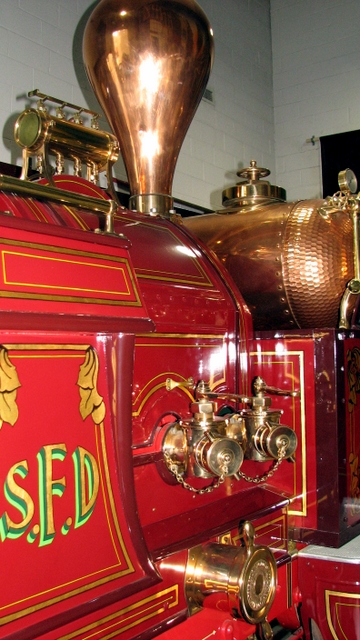The Cyrus McCormick Farm is located just outside of Steeles Tavern, VA. It's a National Historic Landmark. The facility is now owned by Virginia Tech and the historic area is adjacent to the university's Shenandoah Valley Agricultural Research and Extension Center.
Cyrus McCormick, in case you've forgotten your history, invented the reaper.
The reaper allowed farmers to increase their productivity and reduced labor costs. As far as farm machinery goes, the reaper is the granddaddy of all inventions, second only to the plow in terms of its usefulness.
This is a mill located on the McCormick property. It was used for milling grains.
This is the mill wheel. It does not take much water running through the sluice to make the wheel turn and do its work.
A sign noting that this area is a National Historic Landmark.
A second building on the site proclaims itself as the blacksmith shop where the reaper was created.
The tools that created the Virginia reaper.
This is a facsimile of the original reaper.
The case to the right holds a lot of little models of reapers.
The walls of the buildings had many newspapers, pictures, and placards of information.
This is the inside of the mill. These are the gears that work to make the grain.
More newspapers about the great invention. One of them said, "Eureka, Eureka! A boon for farmers and wives alike!"
This log indicates the time frame of the nation. It shows when the tree was just a twig in 1603 and the College of William and Mary was founded, then follows on up the years with George Washington, the American Revolution, Cyrus McCormick's birth, the reaper invention,
the Civil War, and ends with the moon landing in 1969. I thought this was neat.
A stone marking the birthplace of Cyrus McCormick.
My husband looking over the backside of the mill.
Thursday Thirteen is played by lots of people; there is a list
here.
I've been playing for a while and this is my 252nd time to do a list of 13 on a
Thursday.



















































